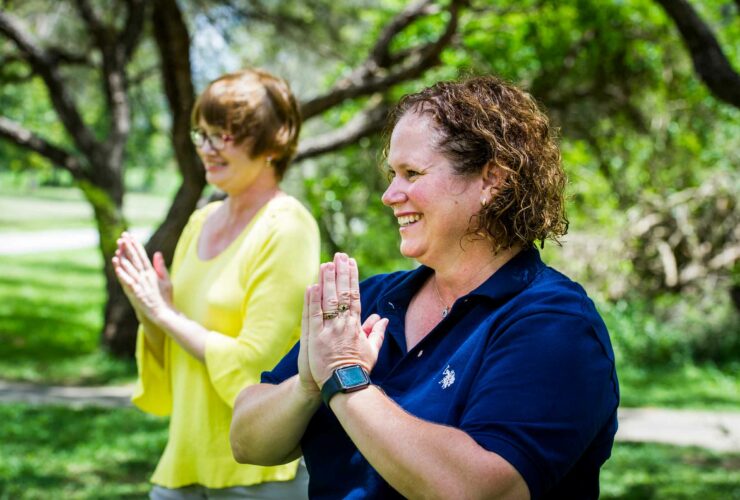AAC – let’s talk about it!
Alternative and Augmentative Communication, or AAC, is the term used to describe any form of communication that a person can use that is not speech. AAC is used to supplement or enhance the communication skills of children or adults when their spoken language or speech is not strong enough to support their daily communication needs.
AAC can include
- Key word Sign or Sign Language (AUSLAN)
- Writing or using communication books
- Symbol or picture-based communication boards (aided language stimulation boards)
- Dedicated speech generating devices
- Different access methods, like using eye gaze or buttons to use a communication device
Who uses AAC?
People can use AAC on a temporary or long-term basis. AAC users may have limited verbal communication, experience expressive and/or receptive language difficulties, or be non-speaking.
You might benefit from AAC following stroke, traumatic brain injury, or if you have a congenital disorder or disability such as autism or cerebral palsy.
How do I get AAC?
Seeing a speech therapist is the first step to see if AAC is appropriate to support your communication needs. Your speech therapist will talk to you and/or your child about your goals and how AAC may improve your communication in everyday life.
Your speech therapist will then support you to assess and trial different types of AAC to find the right fit, including completing an assistive technology assessment if you are a National Disability Insurance Scheme (NDIS) participant.
Contact the Adaptability Therapy team today if you’re interested in AAC to start the process of exploring what options might be right for you.


